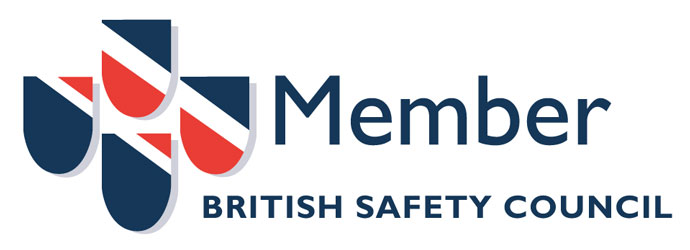The specification, using International paints materials was as follows:
- The tanks were tested for gas free conditions by OPA
- The floor plate area was track blasted by one of our specialist sub-contractors, SPE Ltd, to achieve a minimum of Sa2 ½
- Shell plates and columns were hand blasted to achieve the same standard
- Record with Elcometer 124 and course Testex tape surface profile
- Interline 982 holding primer was spray applied to achieve 50 microns dft
- A stripe coat of Interline 984 was applied by brush to all welds, sharp edges and previous patch repair areas. (Welds on the floor plates were removed by angle grinders. Any deep pitted areas were treated with a scrape coat of paint as part of this stripe coat process.
- Interline 984 was then spray applied to achieve 800 microns dft (400 microns dft to shell plates and columns)
- Records of all dry film readings were taken and recorded in the daily logs and the entire floor area was spark tested using Holiday detection equipment for possible pin-holes.
The blasting operatives wore helmets with a filtered air supply and a positive pressure whilst spraying operatives wore air fed masks at all times. Operatives involved in brushing the stripe coat wore half masks with A2/P3 cartridges. Forced air / extraction equipment was used for air changes within the tank and ventilated to a safe area away from any hot work being conducted by others. Warning notices were posted to ward third parties of potential hazards and Zone 1 intrinsically safe lights were used during all spraying activities. Suitable high powered 110-volt Par 38 lamps were used during blasting works only.




















